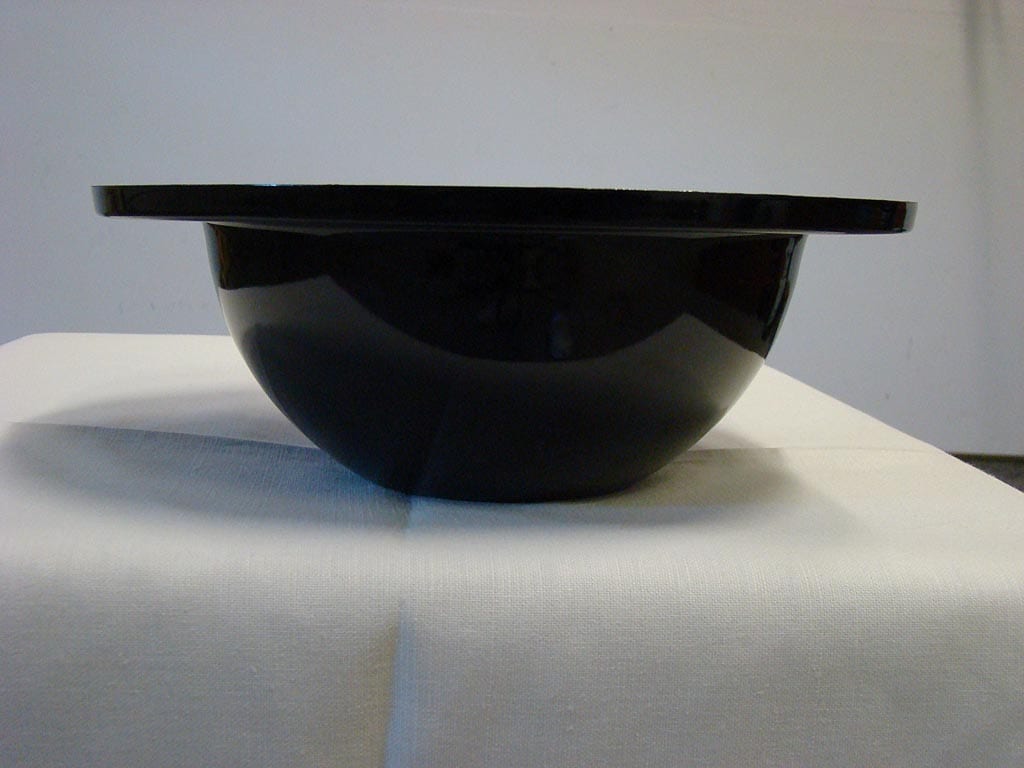Adam aka DocAutomatic
New member
I consider myself experienced with WSM and brisket.
I use a CyberQ WiFi to control temps. I am considering going back to putting water in the pan. My reasoning is that I notice when doing low/slow with the WSM all buttoned up for the ATC and no water, there is very little airflow because it hardly takes anything for the smoker to stay at 225. I think having more air activity is helpful, so with a full water pan the ATC will be forced to provide more air to keep the temps up. Sometimes it just seems like the fire is nearly dead, hardly any coals are burning and a lot of the wood chunks are nowhere close to being near the flame front when there's no water in the pan. I don't care if I use slightly more charcoal, and cleanup isn't THAT bad if I still foil the pan.
What do you think about this idea and my reasoning?
I use a CyberQ WiFi to control temps. I am considering going back to putting water in the pan. My reasoning is that I notice when doing low/slow with the WSM all buttoned up for the ATC and no water, there is very little airflow because it hardly takes anything for the smoker to stay at 225. I think having more air activity is helpful, so with a full water pan the ATC will be forced to provide more air to keep the temps up. Sometimes it just seems like the fire is nearly dead, hardly any coals are burning and a lot of the wood chunks are nowhere close to being near the flame front when there's no water in the pan. I don't care if I use slightly more charcoal, and cleanup isn't THAT bad if I still foil the pan.
What do you think about this idea and my reasoning?


